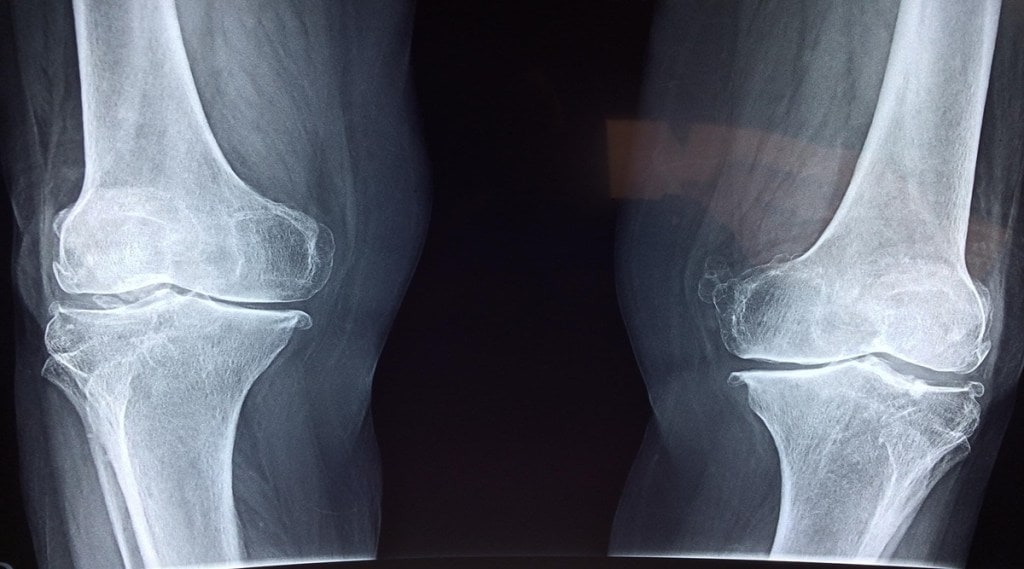By Dr. Anupama D, Certified Lifestyle Medicine Physician and Consultant Gynaecologist, Connect and Heal
Osteoporosis, also referred to as a ‘silent’ illness, frequently goes unnoticed until a bone is broken. According to data, 20% of the 230 million Indian women over age 50 have osteoporosis. Moreover, prevalence of osteoporosis ranging from 8 to 62% in Indian women of different age groups has been reported in several studies. Among other reasons, rapid urbanization leading to sedentary lifestyle, increased indoor living and reduced exposure to sunlight are the contributors to increased cases of osteoporosis. It makes women susceptible to fractures as density of bone decreases and production of new bones become insufficient.
While a healthy diet, weight-bearing activities and medication can strengthen already weak bones or stop bone loss, here are a few things women above the age of 50 can do to reduce extreme cases of osteoporosis.
Intake of Calcium and Vitamin D
The Recommended Dietary Allowance (RDA) for calcium is 1,000 mg per day for individuals aged 19 to 50. For women who are 71 years of age and older, the dosage is increased to 1,200 mg per day. Excellent sources of calcium include dairy products, almonds, cauliflower, spinach, Indian salmon (Rawas), and paneer. Supplements can also be taken along with the food to ensure enough intake of calcium. The human body can more easily absorb calcium if it is coupled with Vitamin D. For adults up to the age of 70, the daily recommended intake is 15 mg while for those beyond 70, it is 20 mg. Vitamin D is not naturally present in many foods, but some of the foods include fatty fish, including prawns, rohu, cheese, egg yolks, orange juice, cereal, and milk. Vitamin D is also produced by the skin when sunlight touches it. By spending a little time outside each day, one can get at least some of what is needed.
Exercises
Weight-bearing exercise promotes bone density and enhances balance, hence lowering the risk of falls. Before beginning a new fitness regimen, it is crucial to speak with the doctor, especially if there is an underlying medical condition, have been inactive, or older than 75. Weight-bearing exercises like jogging, brisk walking, tennis, netball, or dancing can be undertaken to prevent osteoporosis. Swimming and cycling are great non-weight-bearing exercises for numerous health reasons, but they do not stimulate bone formation. Jumping and rope skipping are two exercises with a strong impact that one should incorporate into their programme. Another crucial exercise for bone health is strength training (also known as resistance training). Strength training is crucial for maintaining or even increasing bone mineral density, which is important for managing and preventing osteoporosis. Follow the advice of a fitness or health expert (such as an exercise physiologist), who can suggest particular workouts and methods.
Reducing risk factors
One’s future bone health can be impacted by the choices that one makes starting from childhood. So, to ensure strong bones and prevent osteoporosis in the future, making a few lifestyle changes will be beneficial. It includes quitting smoking, drinking alcohol in moderation, limiting caffeine intake, etc. The risk of fractures can be decreased by making sensible decisions. For instance, wearing socks when walking is rarely a good idea; it is preferable to go barefoot or to wear slippers or shoes with rubber soles to avoid falling. To avoid falling, it is also advisable to utilise nightlights in the dark. When prescribed by a doctor, assistive equipment like canes and walkers are very beneficial for preventing falls and fractures.
Age is one of the biggest risk factors for osteoporosis. Thus it is never too late to get treated for it. Treatment can stop bone deterioration and greatly lower the risk of fractures. Although there is no cure for osteoporosis, following the above dietary and lifestyle habits can reduce the risk factors and chances of developing osteoporosis. To prevent fractures in older individuals, a mix of lifestyle and pharmaceutical measures should be utilised, with efficient screening tests available to identify those at higher risk.
(The author is Certified Lifestyle Medicine Physician and Consultant Gynaecologist, Connect and Heal. Views expressed are personal and do not reflect the official position or policy of the FinancialExpress.com.)









